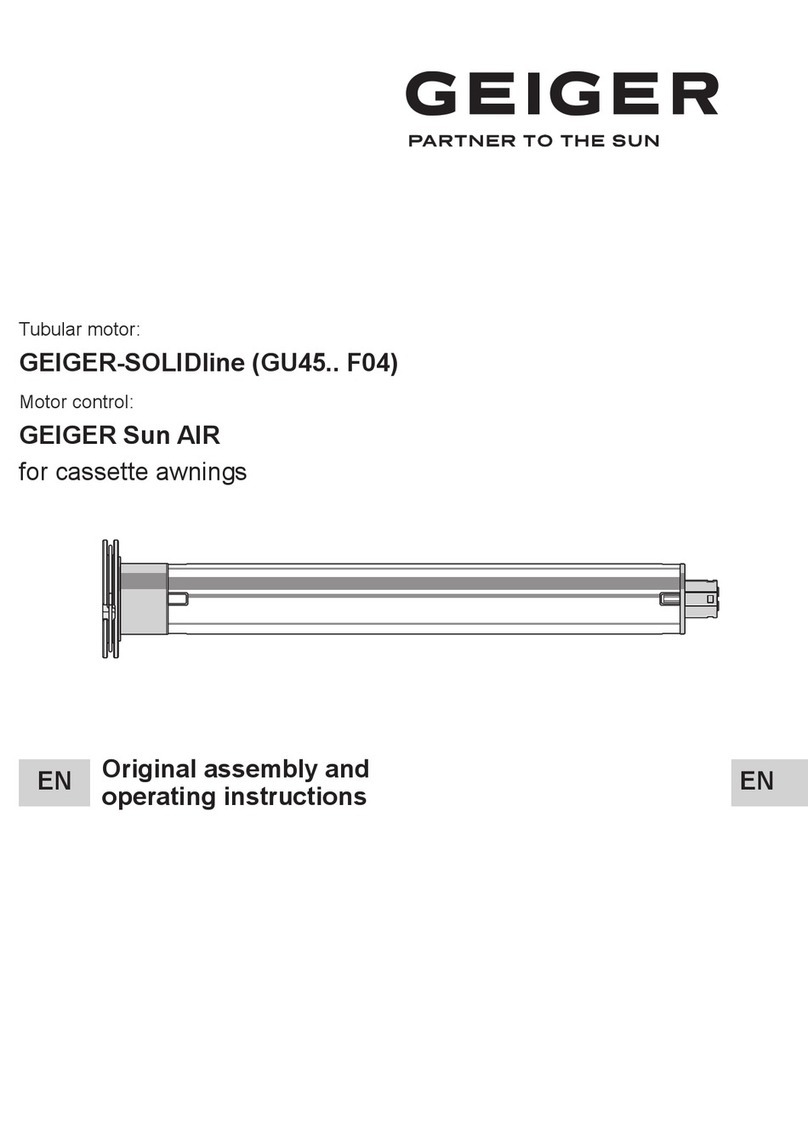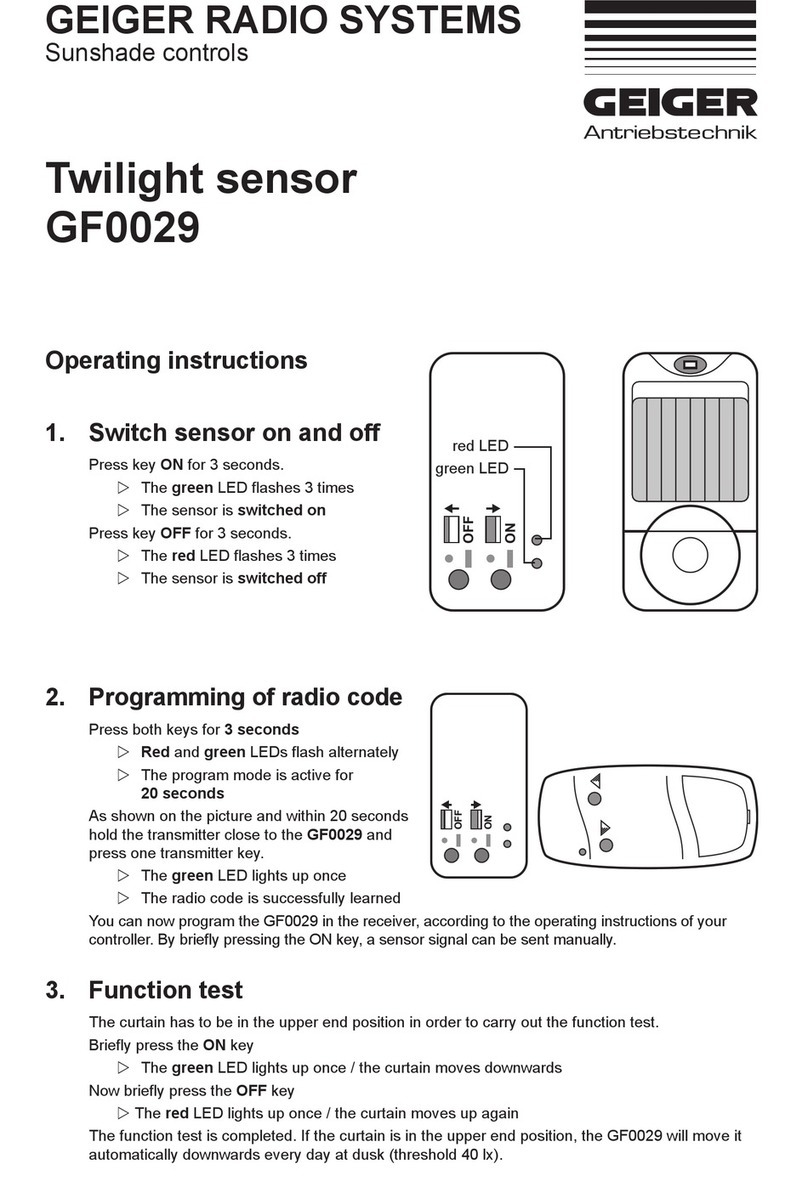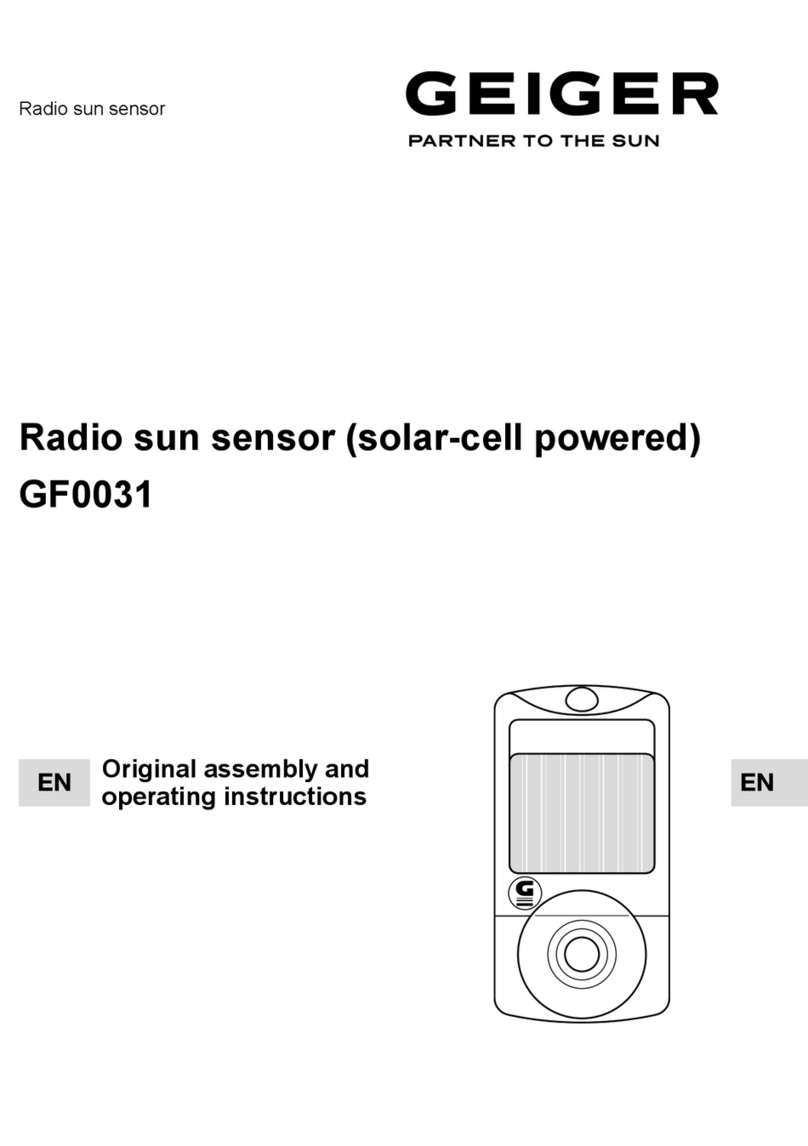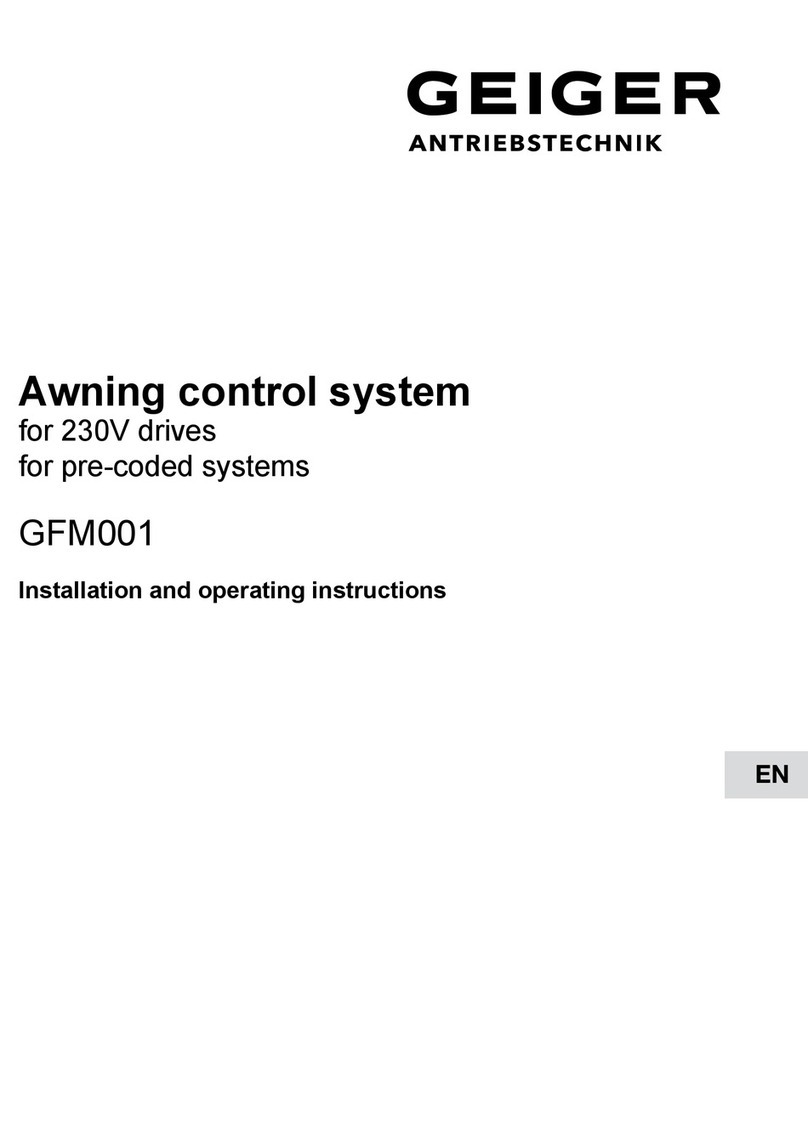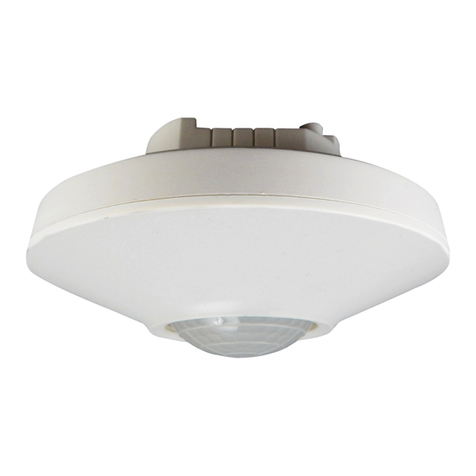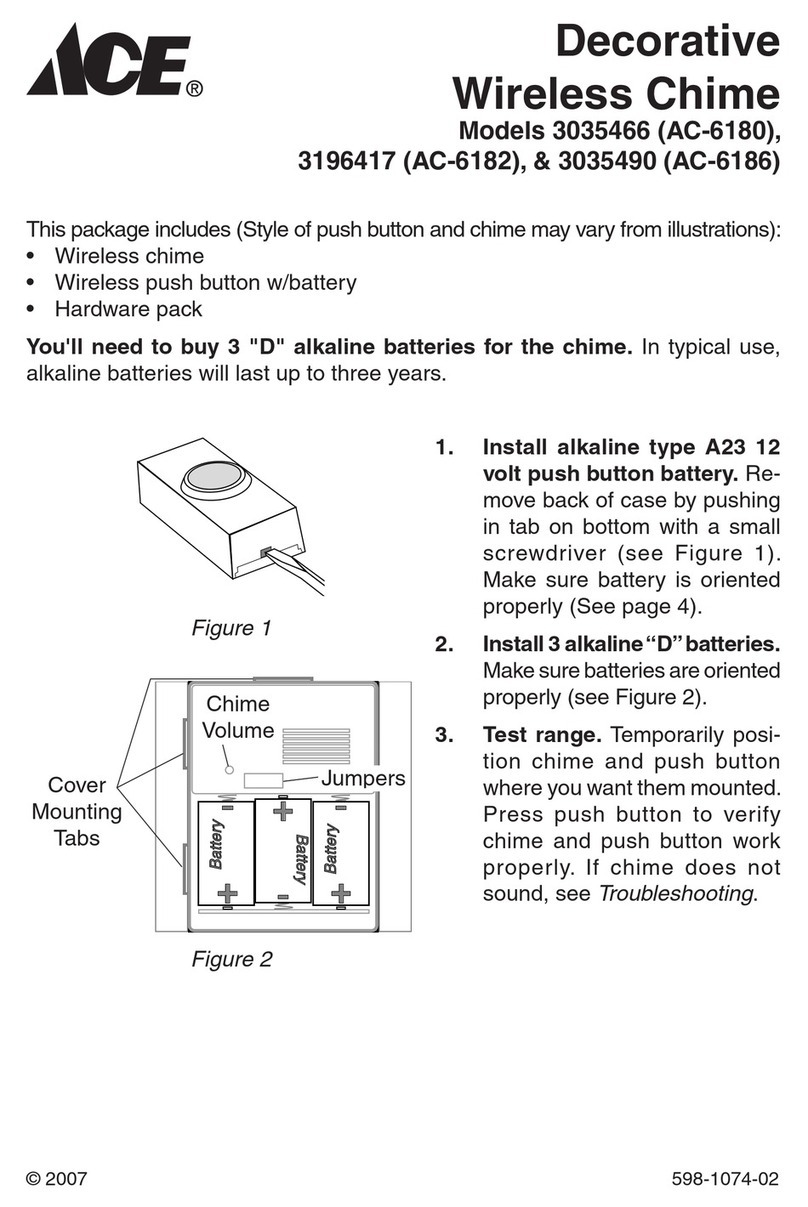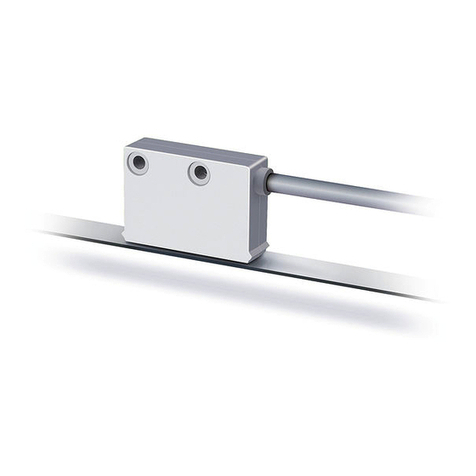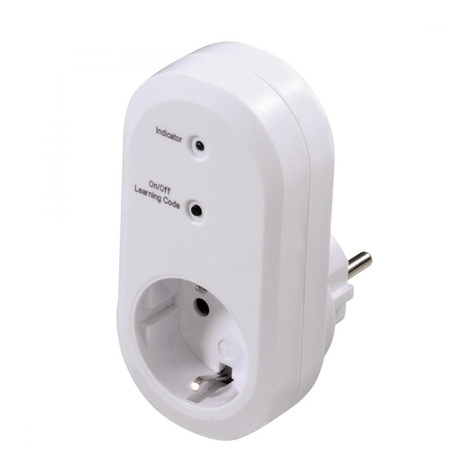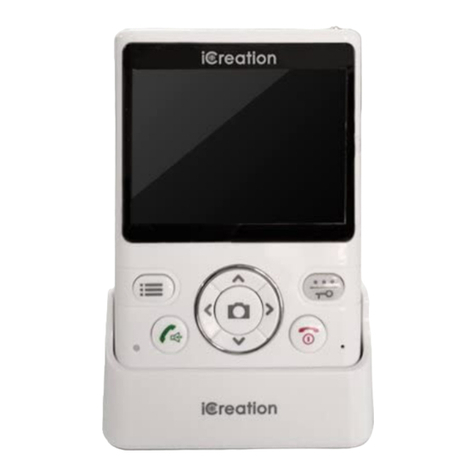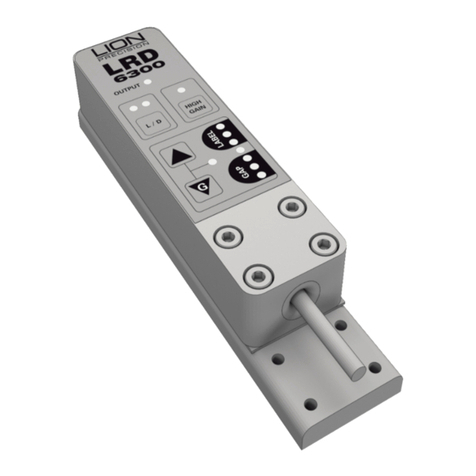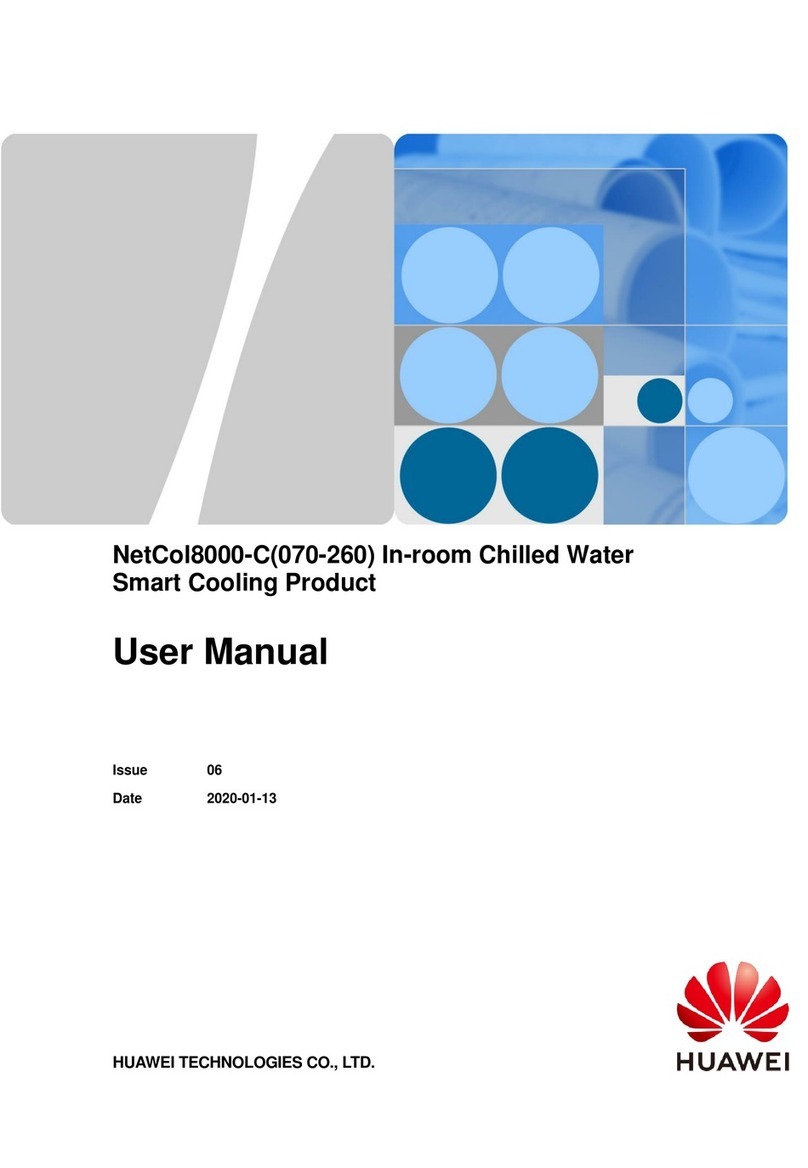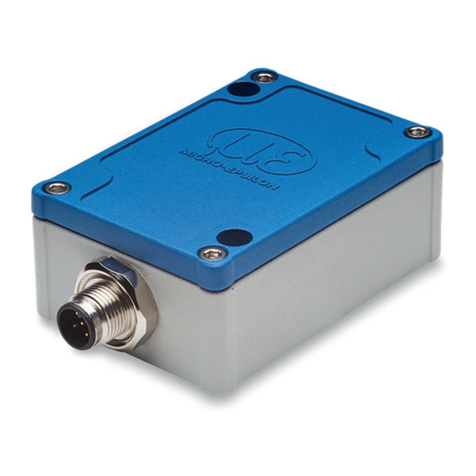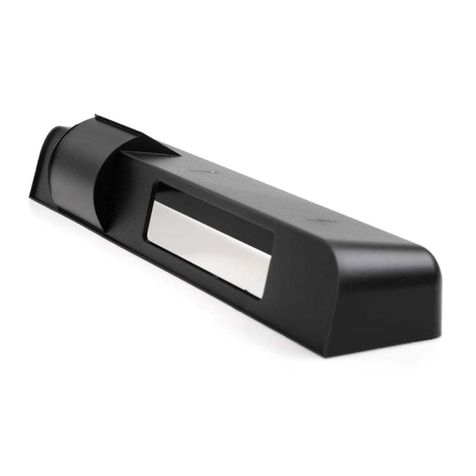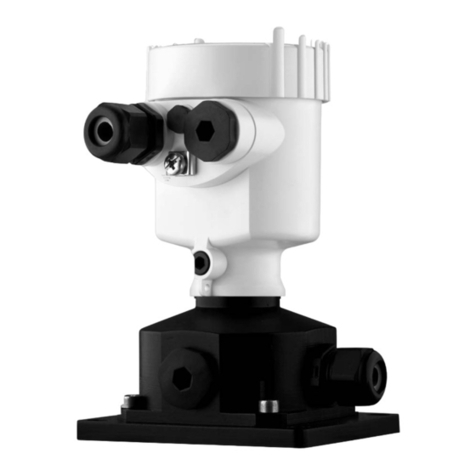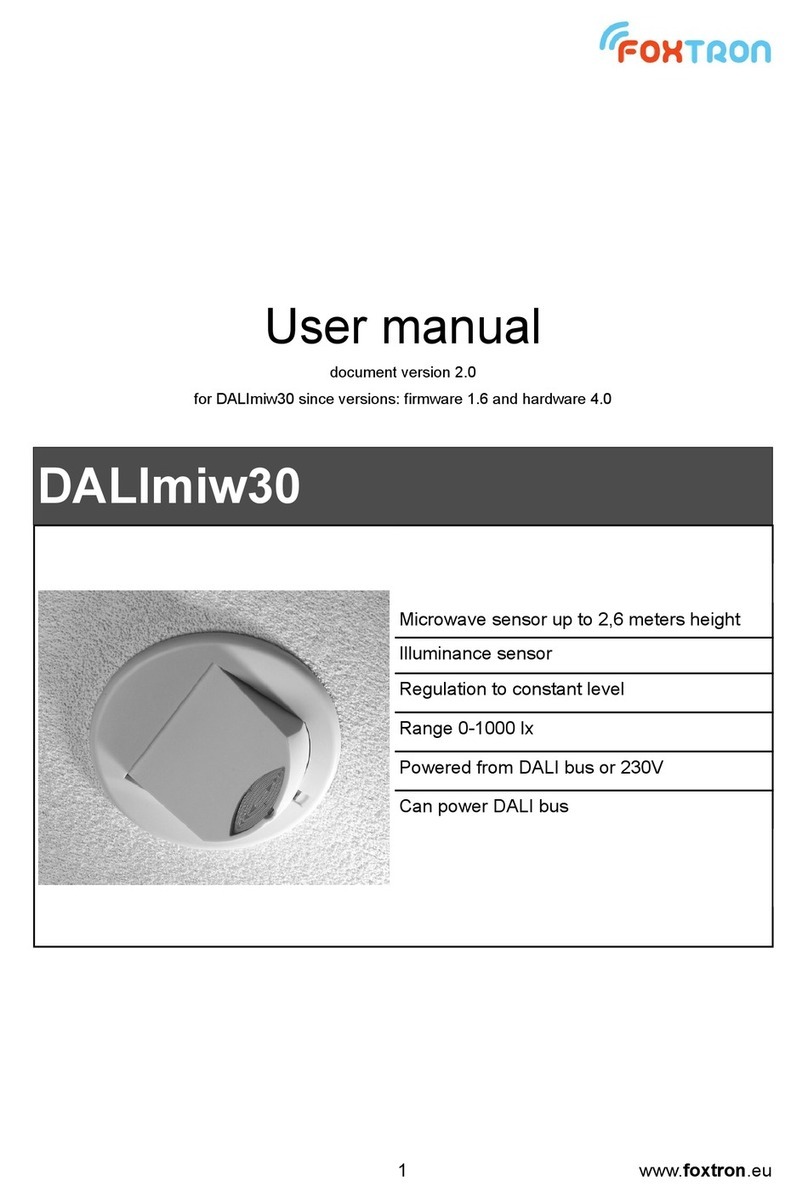GEIGER GRS001 User manual

1
www.geiger.de EN
EN
DE Original-Montage- und
Betriebsanleitung
Original assembly and
operating instructions
Notice originale de montage
et d’utilisation
EN
FR
Regensensor
Rain sensor
Détecteur de pluie
GRS001

2Gerhard Geiger GmbH & Co. KG | 100W0690 0714V000en
EN
EN
1. General information
Dear customer,
By purchasing a GEIGER rain sensor you have decided on a quality product from
GEIGER.
Thank you very much for your decision and the condence placed in us.
2. Guarantee
In the case of incorrect installation contrary to the operating instructions and/or constructional
modication, the legal and contractual guarantee for property damage and product liability
lapses.
3. Sensor-specic safety information
Please observe following instructions in order to avoid damage to this product:
fThe device is only suitable for low voltage and should not be operated on mains
supply.
fThe relay contact is only suitable for low value signals and should not come in
contact with mains supply.
fThe protection type is only given with an intact casing, the cover screws and the
cable gland must be properly tightened. The cover gasket inside the sensor cover
must be intact.
fThe suitability for certain applications should be checked by the user.
4. Mounting
The installation of the rain sensor must be carried out by an authorized electrician. The relevant
safety regulations must be observed. The rain sensor can be mounted on a wall/mast holder.
Otherwise, make sure you have a horizontal mounting bracket approx. 30 °. The tips of the
sensor surface must point downwards. The rain sensor should be installed at some unprotected
place where the rain falls down. Dripping water can delay the switching back or lead to a
permanent ON/OFF operation.
Matching mounting accessories (article nr.GRS002) must be ordered separately.
Index
1. General information..................................................................2
2. Guarantee ..................................................................................2
3. Sensor-specic safety information .........................................2
4. Mounting....................................................................................2
5. Connection ................................................................................3
6. Signal generator output (optional) ..........................................3
7. Switching behaviour.................................................................3
8. Heating ......................................................................................3
9. Sensitivity setting .....................................................................3
10. Technical data ...........................................................................4
11. Care instructions ......................................................................4
12. Waste Disposal..........................................................................4

3
www.geiger.de EN
EN
5. Connection
After unscrewing the sensor cover, the control cable is inserted in the cable gland M16.
Supply voltage is to be connected to the terminals VCC and GND. The potential free change-
over contact is connected to the terminals NC, COM, NO.
Connection assignment / terminal block
REL NC Opening switch contact
REL NO Closing switch contact
REL CO Bockpol switch contact
AC/DC Operating voltage AC or 24 V DC +10%
AC/GND Operating voltage AC or 0 V
Jumper settings
1S3 Switch mode signal generator (dry)
2S2 Common contact to S3 and S1
3S1 Switch mode signal generator (wet)
4GND Signal generator ground
5BUZ Signal generator output
6T3 Switch mode relay (dry)
7T2 Common contact to T3 and T1
8T1 Switch mode relay (wet)
9HZ1 Heating
10 HZ2 Heating
Factory settings: S3 - S2, T1 - T2, HZ1 - HZ2
6. Signal generator output (optional)
A passive Piezo signal generator can be connected to the
connection terminals (pin BUZ and GND). The condition of
the signal (acoustic signal for dry or wet) can be selected
with the jumpers S1-S2 or S2-S3. In the default setting
S2-S3 the signal generator is inactive in case of rain.
7. Switching behaviour
The switching behaviour of the relay (energized or
de-energized in case of rain) can be selected by moving
the jumpers between T1-T2 or T2-T3. In the factory setting
the jumper T1-T2 is inserted and the relay is energized
when the sensor surface gets wet.
8. Heating
The sensor surface is heated when the jumper of HZ1-HZ2 is inserted. The heater should be
switched on to ensure faster drying or to enable operation at temperatures below freezing point.
In order to detect fog, the heater can be switched off.
9. Sensitivity setting
The sensitivity of the rain sensor can be adjusted via potentiometer. A higher sensitivity is
achieved by turning the potentiometer clockwise (left = high sensitivity, right = low sensitivity).
The middle position is most suitable for a normal rain signal.
Please note that no functions are affected to the end stops.

4Gerhard Geiger GmbH & Co. KG | 100W0690 0714V000en
EN
EN
Gerhard Geiger GmbH & Co. KG
Schleifmühle 6
D-74321 Bietigheim-Bissingen
Phone: +49 (0) 7142 938-0
Fax: +49 (0) 7142 938-230
Internet: www.geiger.de
E-Mail: info@geiger.de
For technical questions, please call our service team at: +49 (0) 7142 938-300.
They will be happy to assist you.
10. Technical data
Measurement method Electrolytic AC measurement
Current consumption
12 V version
24 V version
60 mA, heating 80 - 300 mA (PTC)
50 mA, heating 40 - 180 mA (PTC)
EMC interference emission EN 61000-6-3:2001
EMC interference immunity EN 61000-6-2:2001
Cable gland M16 x 1,5
Operation voltage 12 V AC/DC ± 10%
24 V AC/DC ± 10%
Output Potential free switch output (relay)
30 V/ 4 A, (select make/break contact)
Housing ABS, protection type IP54
Dimensions (width x height x depth) 80 x 82 x 58 mm
Subject to technical modifications
11. Care instructions
The rain sensor unit is almost maintenance-free. The sensor surface may require occasional
cleaning (e.g. once a year depending on the place of installation) with a damp cloth.
If heavily soiled, the rain sensor may be incapable of performing its functions.
12. Waste Disposal
Recycling of packaging materials
In the interest of environmental protection, please contact your local government’s recycling or
solid waste management department to learn more about the services it provides.
Waste disposal of electric and electronic equipment
Electronic equipment or batteries cannot be discarded along with the normal household waste.
Keep for more information on the recycling and disposal methods envisaged by the local
regulations in your area.
Table of contents
Other GEIGER Accessories manuals
Popular Accessories manuals by other brands

Nextar
Nextar N1-510 - LCD Digital Photo Frame Keychain instruction manual
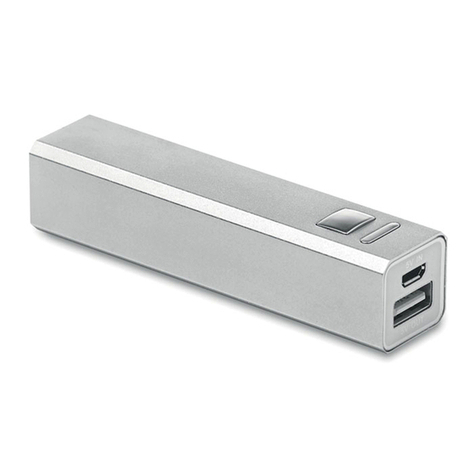
MOB
MOB MO8602 user manual
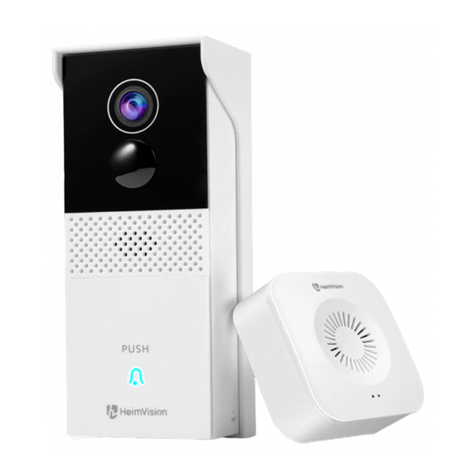
HeimVision
HeimVision Greets 1 user manual
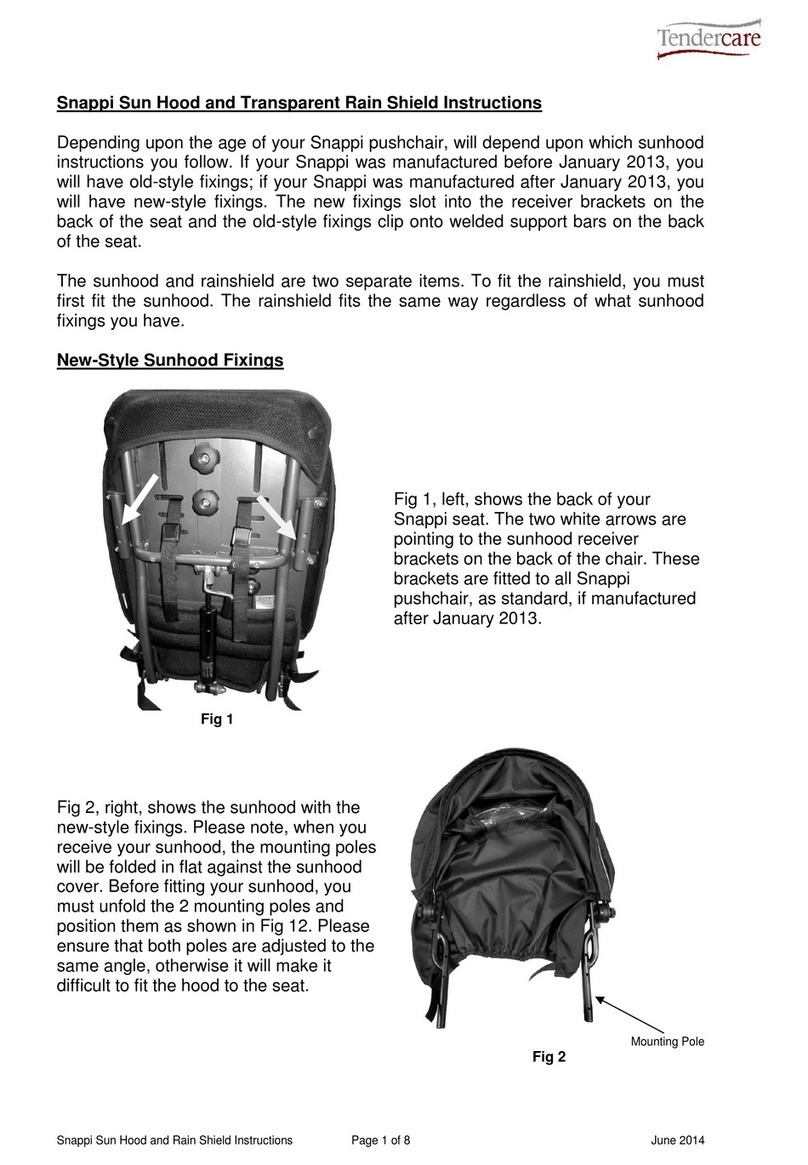
Tendercare
Tendercare Snappi Sun Hood and Transparent Rain Shield instructions
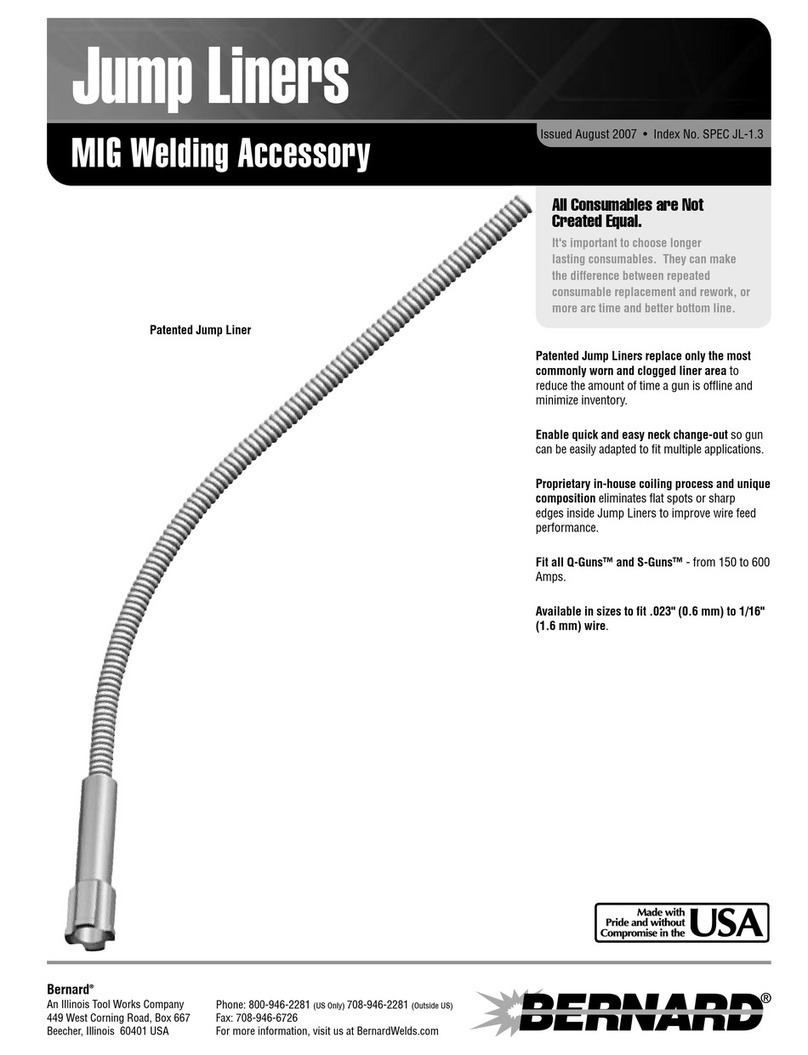
Bernard
Bernard Jump Liners SPEC JL-1.3 Specification sheet

Markilux
Markilux 6000 installation instructions
